“To be successful in a knowledge economy, firms need to create learning organizations.” Don Tapscott
There is a lot of discussion about the need for organizations to become learning organizations. We may have some idea of what that process might look like, but Josh Bersin has created a model that identifies the specific steps that organizations need to go through. He calls his model a “High-Impact Learning Organization Maturity Model.” It identifies four levels of learning maturity that companies must reach before they can evolve into learning organizations.
Subject Matter Experts
Level 1 is Incidental Training. The focus is on the subject matter experts. At this beginning stage, there are no professional trainers. Instead, managers and employees rely on each other to provide necessary knowledge or skills. Eventually, as the organization grows, it is no longer feasible to simply rely on SMEs on an ad hoc basis. More structured and designed training is required.
Learning Programs
Level 2 is Training and Development Excellence. The focus is on the learning programs. In this stage, professional training begins to happen. Trainers conduct needs assessments and then create training programs to help managers and employees build job knowledge and skills. Due to monetary and resource constraints, there are many training needs that are not met and so are still addressed through Level 1-Incidental Training.
Learning Process
Level 3 is Talent and Performance Improvement. The focus is on the learning process and technology. In this stage, there is a recognition that there needs to be an organizational talent development strategy. Learning and development works with human relations and talent management staff to develop curriculum for long-term career paths and continuous learning programs.
Learning Culture
Level 4 is Organizational Capability Development. The focus is on the learning culture and systems. In this stage, the organization moves away from looking at learning from the standpoint of individual skills and job needs. Instead, it takes a systems view, considering how to develop organizational capacity. Meeting this need goes beyond the scope of training programs. They need to be augmented with employee assessment, performance support, and coaching. There is also a concern with building a learning culture and knowledge sharing across the organization.
The true learning organization is at Level 4, which Bersin says that few organizations have achieved.
Questions:
Why have so few organizations achieved Level 4 learning maturity to become learning organizations?
What learning maturity level is your organization at?
May your learning be sweet- and safe.
Deborah
#humanrelations #learninganddevelopment #High-Impact Learning Organization Maturity Model #organizationalcapabilitydevelopment #talentandperformanceimprovement #traininganddevelopmentexcellence #incidentaltraining #learningorganizations





